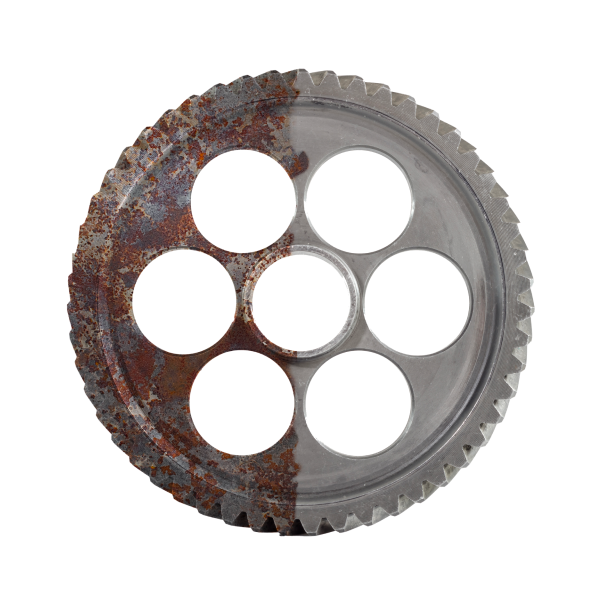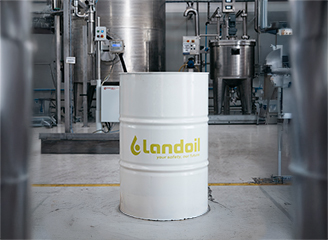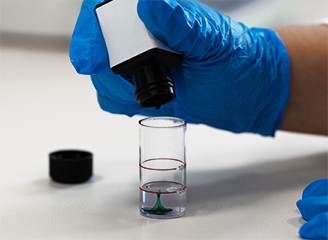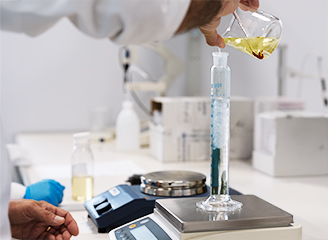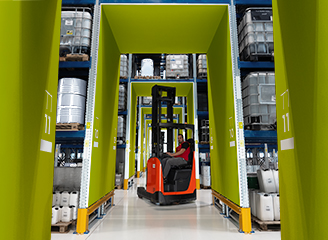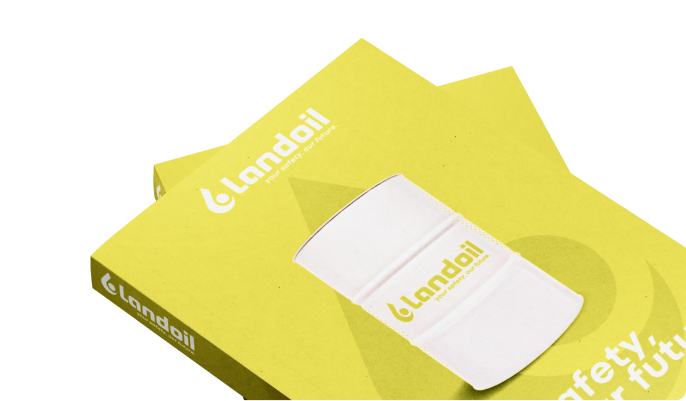Protectants
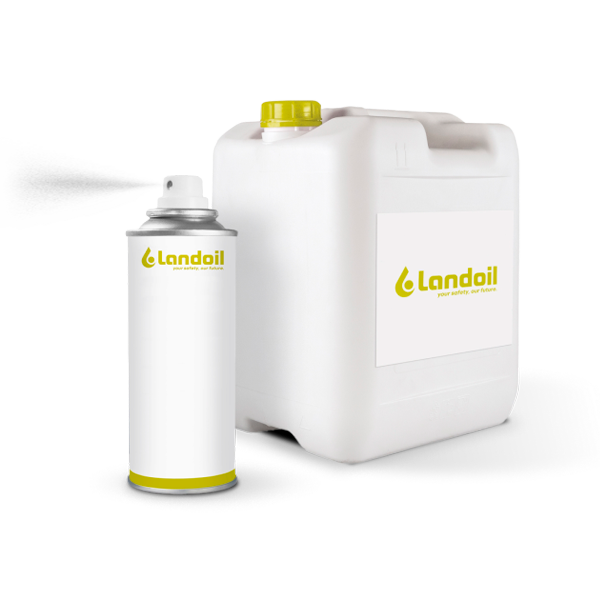
Protectants: Effective Solutions for Material and Surface Protection
In the industrial context, protecting materials and surfaces is essential to ensure durability and product quality. Read more
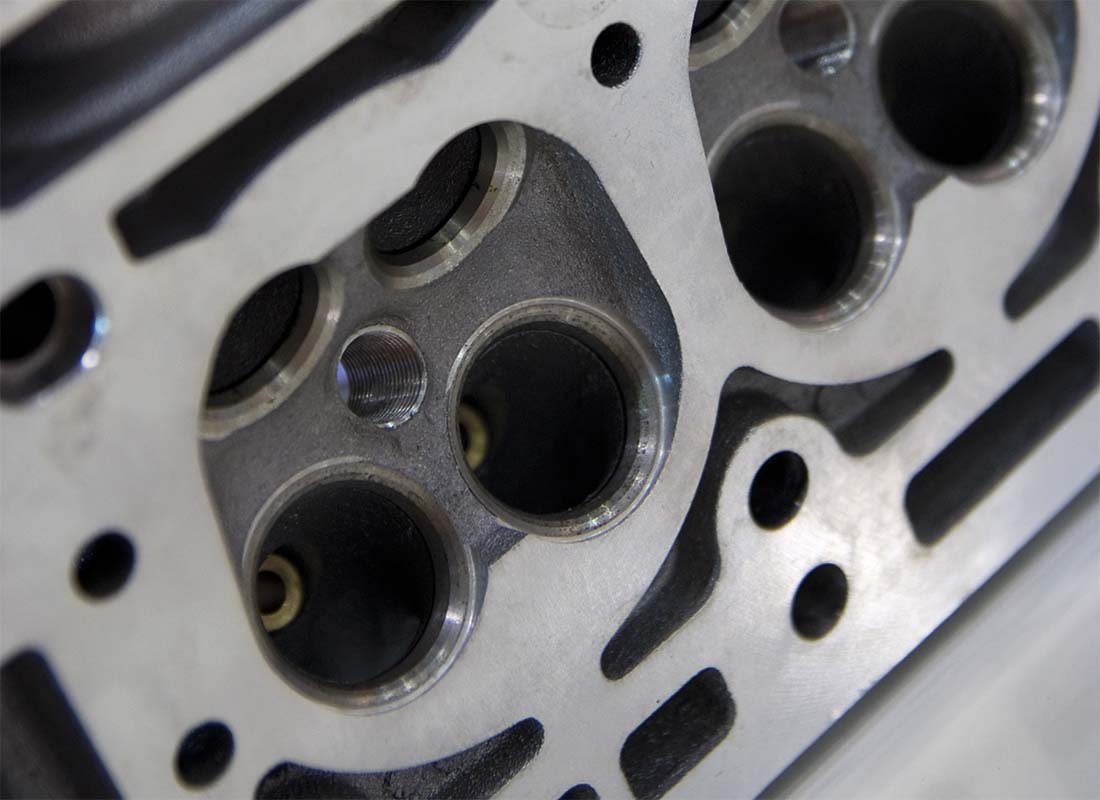
Industrial protectants are formulated to protect metal surfaces and mechanical components from corrosion, oxidation and wear.
These products create a barrier that insulates surfaces from external agents, preventing damage and ensuring a long life of the materials, as well as reducing maintenance costs.
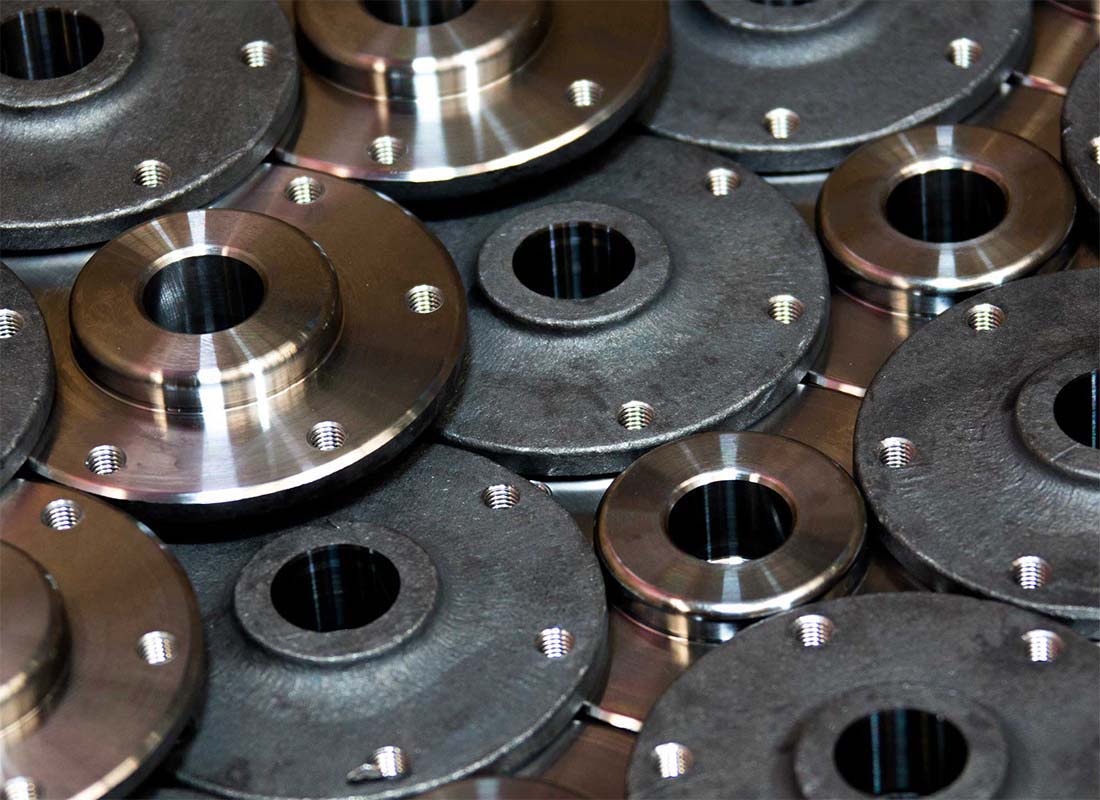
The use of protectants is essential to preserve equipment in harsh environmental conditions
such as humidity or exposure to aggressive chemicals. Due to their effectiveness, protectants improve the safety and reliability of operations, contributing to greater efficiency and sustainability in production processes.
Protectants play a crucial role in this process, offering solutions that prevent corrosion, wear, and other damage that could compromise the integrity and efficiency of equipment and surfaces. In this article, we will explore the different types of protectants available, their benefits, and how to select the right product for your industrial needs.
What Are Protectants?
Protectants are chemical substances or coatings applied to surfaces or materials to protect them from external agents such as moisture, oxidation, abrasions, or chemicals. These products create a protective barrier that isolates the material from direct contact with the surrounding environment, preventing damage or degradation.
There are various types of protectants, each formulated for specific applications and environmental conditions. Some protectants are temporary, designed to protect materials during transport or storage, while others are permanent, used to provide long-term protection against factors like corrosion or mechanical wear.
Benefits of Using Protectants
The use of protectants in industrial applications offers numerous benefits, ensuring that materials and equipment remain in optimal condition for longer periods. Here are some of the main advantages:
Corrosion Prevention: One of the main purposes of protectants is to prevent corrosion, especially on metallic materials exposed to moisture and oxygen. This is particularly important for industries working in marine or chemical environments.
Wear Resistance: Protectants help reduce wear caused by contact or friction between surfaces, thereby increasing the lifespan of mechanical components.
Temporary Protection during Storage: Some protectants are designed to safeguard materials during long-term storage or transport, keeping components safe until their final use.
Aesthetic Enhancement: Protectants can also improve the appearance of materials by preserving their original aesthetics and preventing the accumulation of dirt or stains.
Reduced Maintenance Costs: By using high-quality protectants, it is possible to reduce the frequency of maintenance and repair interventions, saving on long-term operational costs.
Anti-Corrosion Protectants
One of the primary applications of protectants is anti-corrosion protection. Anti-corrosion protectants are essential for preventing oxidation and rust on metal materials, especially those exposed to harsh weather conditions or corrosive chemicals. These products form a waterproof coating that prevents moisture and corrosive agents from coming into contact with the metal surface, thereby extending the material’s lifespan.
Best Protectants for Metal Surfaces
The best protectants for metal surfaces are designed to provide long-lasting protection against aggressive environmental factors. In addition to preventing corrosion, these protectants can also shield surfaces from scratches, abrasions, and chemical damage. Some protectants are formulated with special additives to offer extra protection against mechanical wear or to withstand high temperatures.
Temporary Protectants for Transport and Storage
When transporting or storing materials, it is essential to protect them from the elements and potential physical damage. Temporary protectants for transport and storage are formulated to create a barrier that shields materials during these periods, preventing corrosion and other accidental damage. These products are designed to be easily removed when the material or component is ready for use, leaving no residue behind.
High-Temperature Protectants
In some industrial applications, materials and surfaces are exposed to extremely high temperatures, which can cause damage or accelerate the degradation process. High-temperature protectants are designed to maintain their protective properties even in high-temperature environments, ensuring that materials remain protected under extreme conditions. These protectants are particularly useful in industries like metallurgy, glass production, and other high-temperature applications.
How to Choose the Right Protectant
Choosing the right protectant for your industrial applications is crucial to ensuring optimal protection and extending the life of materials. Here are some factors to consider when selecting the most suitable protectant:
Type of Material to Protect: Each material has different protection needs. For example, metals require anti-corrosion protection, while other materials may need protection against wear or high temperatures.
Environmental Conditions: The conditions in which the materials will be used influence the choice of protectant. For example, materials exposed to moisture or corrosive chemicals will require protectants with advanced corrosion resistance.
Duration of Protection: It is important to determine whether the protectant needs to be temporary or permanent, depending on the specific application needs. Temporary protectants are ideal for storage and transport, while permanent ones offer long-term protection.
Frequently Asked Questions About Protectants
1. When should I use a temporary protectant instead of a permanent one?
Temporary protectants are ideal for protecting materials during transport or storage when long-term protection is not necessary. Permanent protectants are more suitable for applications requiring lasting protection, such as corrosion prevention on exposed surfaces.
2. Can protectants be applied to any type of material?
Yes, there are protectants formulated for different types of materials, including metals, plastics, wood, and others. It is important to choose the right protectant based on the specific characteristics of the material being protected.
3. Can high-temperature protectants be used in low-temperature applications?
High-temperature protectants are designed to withstand extreme heat conditions, but they can also be used in low-temperature environments. However, it is always best to select the protectant based on the specific needs of the application.
Conclusion
Protectants are essential tools for ensuring the longevity and efficiency of materials and surfaces in industrial environments. Whether it’s preventing corrosion, protecting against mechanical damage, or preserving the aesthetic integrity of a product, choosing the right protectant is crucial for reducing maintenance costs and improving the quality of operations. Investing in high-quality protectants can make a significant difference in the long-term protection of your industrial assets.
